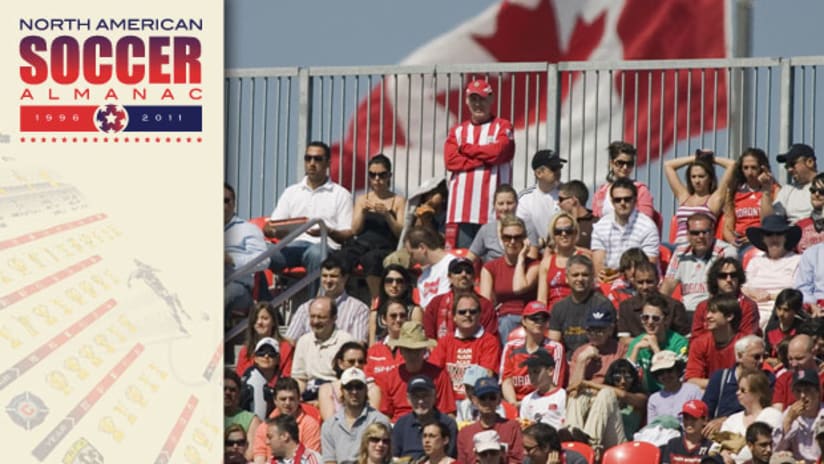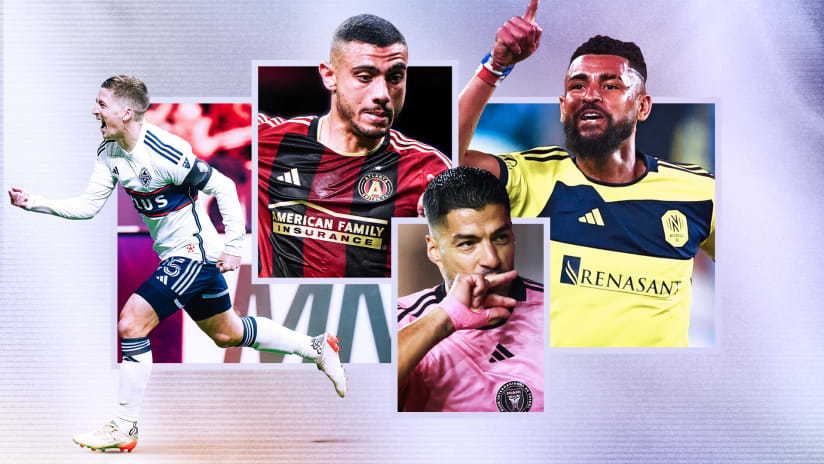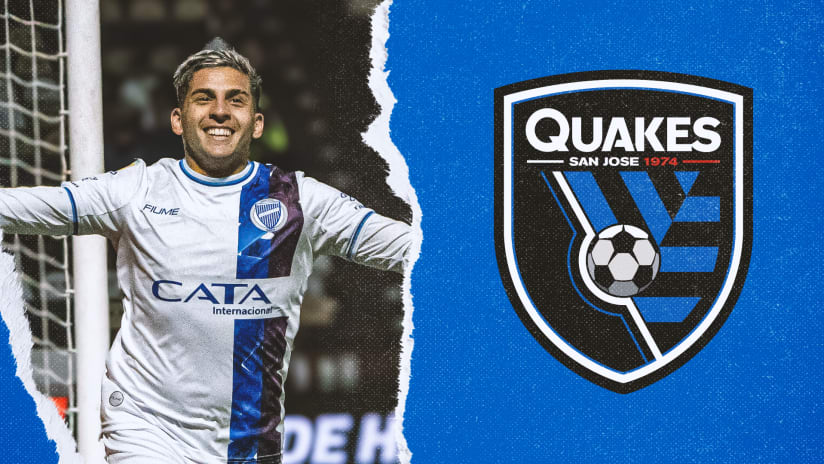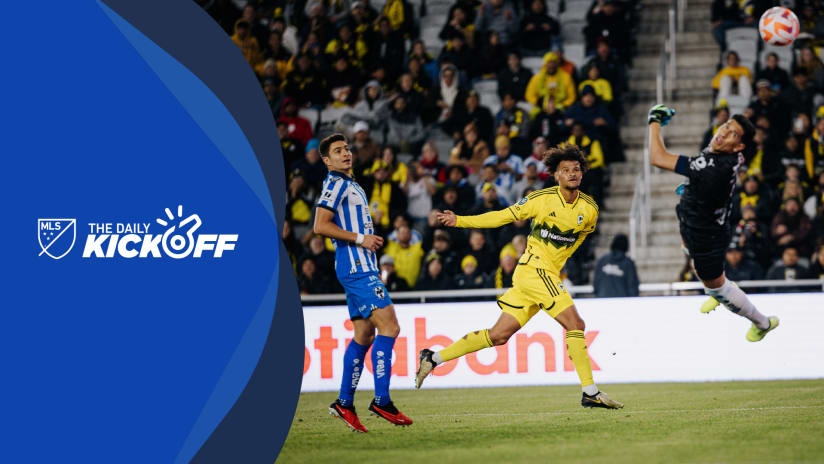VANCOUVER, B.C. — The story of Canadian soccer is one of peaks and valleys, of sizzling temperatures at Mexico ’86, to days as cold and hopeless as a northern winter.
The professional game in this country hit its first crescendo during the North American Soccer League era of the 1970s and early '80s, when teams like Toronto Metros-Croatia/Blizzard and the Vancouver Whitecaps thrilled massive crowds en route to Soccer Bowl championships.
Canada was well represented during that time, with teams like the Calgary Boomers, Edmonton Drillers, Vancouver Royals, Montreal Olympique, Montreal Manic and Toronto Falcons also playing a part in the NASL at various stages.
In Vancouver, the Whitecaps hit the highest of those highs with their 1979 Soccer Bowl triumph. Along with such imported stars as England legend Alan Ball, that squad also featured key Canadians like Bob Lenarduzzi, Buzz Parsons and Bob Bolitho. Current Whitecaps club ambassador Carl Valentine was also a member of that team, but the Manchester, England, native didn’t become a Canadian citizen until 1983.
Top 10 Canadian player
(per Soccer Almanac survey)
Rank |
Player |
% of votes |
1 |
Dwayne De Rosario |
71% |
2 |
Pat Onstad |
10% |
3 |
Tomasz Radzinski |
8% |
4 |
Alex Bunbury |
7% |
T-5 |
Bob Lenarduzzi |
3% |
T-5 |
Paul Stalteri |
3% |
“From very humble beginnings, within five years we were playing in front of 32,000 people and it looked like there was a lot to look forward to,” Lenarduzzi, now president of the MLS edition of the Whitecaps, told MLSsoccer.com recently. “Unfortunately, much like the five-year ascent from ’74 to ’79, the descent was just as quick from ’79 to ’84.”
Indeed, it’s difficult to fathom how the ‘Caps went from playing in front of more than 64,000 people in the 1979 Soccer Bowl, to folding along with the NASL just five years later, but such was the financial mismanagement of the league.
But while the professional league’s meltdown killed a high standard of top-tier soccer in Canada and the United States until the arrival of MLS in 1996, the immediate knock-on effect of having Canadian players participate in that league for over a decade paid dividends at the international level.
A golden generation of Canucks made it to the quarterfinals of the 1984 Summer Olympics in Los Angeles, before reaching the promised land with an appearance at the 1986 World Cup in Mexico.
Lenarduzzi played in both of those tournaments. Valentine, who initially declined a call-up for Canada in 1984, came on board during qualifying for the '86 World Cup.
“You look at that team that qualified for the World Cup, even though it was a couple of years after the league had folded, most of those players made their living in the NASL,” Valentine said. “So that’s where they had been professionals and got to the level they were at. That helped us get to the World Cup and put in the performances that we did.”
Into the Wilderness
In the aftermath of the NASL’s collapse, and on the back of the World Cup journey, the next chapter of Canadian soccer history began with the launch of the Canadian Soccer League in 1987.
Once again, Lenarduzzi was front and center, as he spent the summer of 1986 trying to build up support for a new club called the Vancouver 86ers to play in that league, helped by an organization called the West Coast Soccer Society.
“They were just a bunch of average guys like me, who put up $500 for the seed money,” Lenarduzzi said. “But I can remember even my own wife, and other people whose opinions I value saying, ‘What are you doing? And what are the rest of the people doing? It’s done, it’s finished, it’s over — it’s time to move on.’
“Fortunately, [the West Coast Soccer Society] and others were prepared to persevere and as a result, the 86ers enjoyed a successful stint in the Canadian Soccer League and leagues beyond that which are probably too numerous to name.”
The 86ers played in the CSL until it, too, folded in 1992, but the club continued on by joining the American Professional Soccer League in 1993, which eventually merged with the A-League in 1997. Ultimately, the A-League was rebranded as the USL, the USSF-2 and now — because everything seems to come back around — the NASL.
Other Canadian teams were caught in this tumultuous environment as well. Montreal Impact followed a similar path, forming in 1993 in the APSL before jumping from league to league. The Toronto Lynx also played in the A-League and USL-1.
But unlike the top-notch NASL of the '70s and '80s, the standard of these minor leagues was not enough to produce quality players for the national team on a consistent basis.
“You had the A-League, then USL-1, which was a division two league, but still probably not enough Canadian content in there,” Valentine said. “It was still a place for players to go and play and develop their skills, but it was a lower level."
The New Generation
In 2007, Toronto FC joined MLS. It was a watershed moment for Canadian soccer — and for American soccer. Once again, Canadian players had a top-tier, home-based option to ply their trade and hone their skills. At the same time, TFC’s immediate, rabid fanbase raised the bar for supporters across MLS.
Canadians in MLS
<span style="color: rgb(255, 240, 245);">1996</span><h1 class="rtecenter"><span style="font-size: 36px;"><span style="color: rgb(255, 0, 0);">5</span></span></h1> |
<span style="color: rgb(255, 240, 245);">2011</span><h1 class="rtecenter"><span style="font-size: 36px;"><span style="color: rgb(255, 0, 0);">23</span></span></h1> |
Now, with the Vancouver Whitecaps in the league and the Montreal Impact scheduled to join next year, the hope is that Canada can match or exceed those heady days of yesteryear, both internationally and at the professional level.
“There’s been times where it’s looked like we’re on death’s door, but fortunately we’ve had owners that have kept it alive,” Lenarduzzi said. “There were a number of situations where it looked like we were done, but fortunately there were people that shared the thought that there should be professional soccer in this city, and we were able to keep it afloat.
“I see this version of the Whitecaps being a renaissance that captures the good times of the original Whitecaps at the height of the excitement that surrounded the team in ’79 when we won the Soccer Bowl and had 100,000 people lining the streets. I think we’re heading back in that direction.”
Martin MacMahon covers the Vancouver Whitecaps for MLSsoccer.com. Follow him on Twitter: @martinmacmahon














